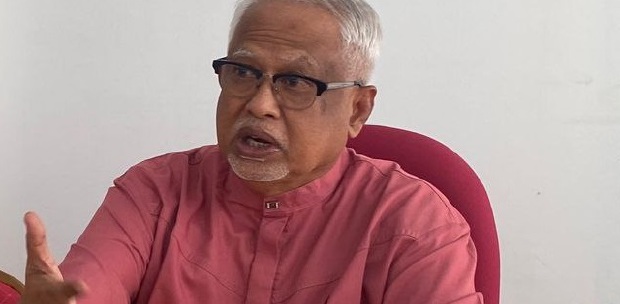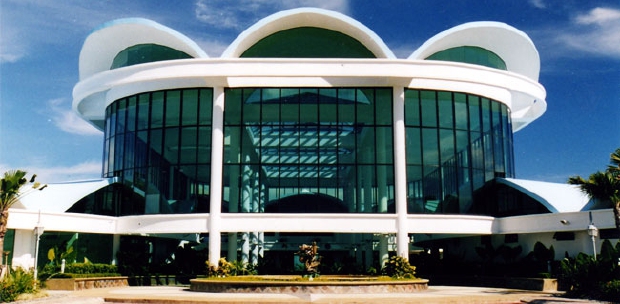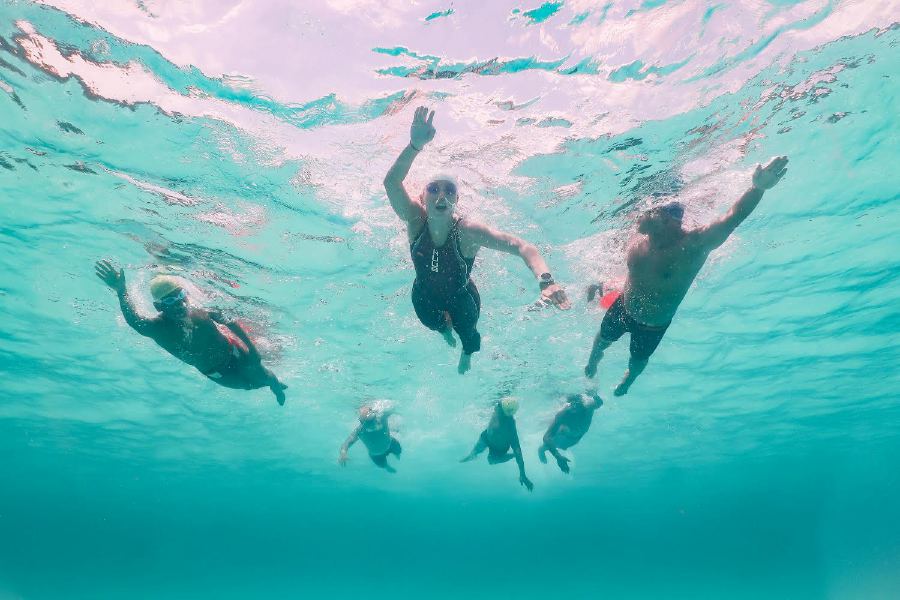
IT’S not a race. We just want to cross. There are 30 of us; seven of whom will be doing their solo swims in just under a week’s time. This means that they will be in the water all the way, from the start in Sumatra to the finish in Port Dickson. The rest will be doing a relay swim and take turns to swim for 45 minutes until we reach Port Dickson, Negri Sembilan.
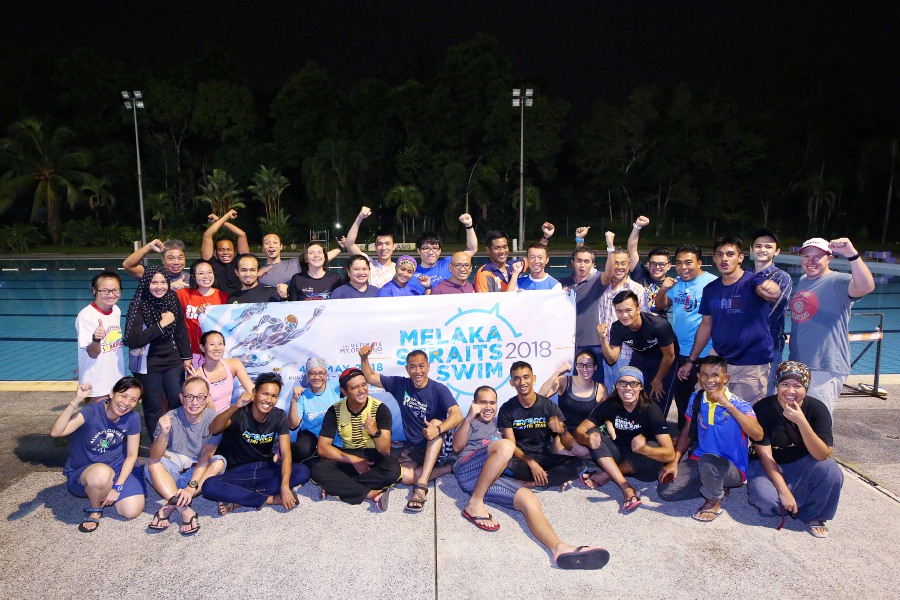
We call our project Melaka Straits Swim 2018 and I’m on it both as a swimmer and a member of the organising committee. We’ve just secured a mother vessel for our swim — the 19.8m MV Dickson Dragon trimaran. It will double as escort boat for the relay team.
Securing a mother vessel is a huge relief when you’re trying to put together an expedition like this. It is a major milestone; a culmination of an idea that was first sparked in September last year after a small group of us completed our 16km solo swims around Perhentian Island in Terengganu.
We found out that two of our friends, Abdul Razak Abdul Aziz and BK Seah had organised Melaka Straits crossings before — in 1992 and 2007 respectively. So we knew for sure that it was not something insurmountable.
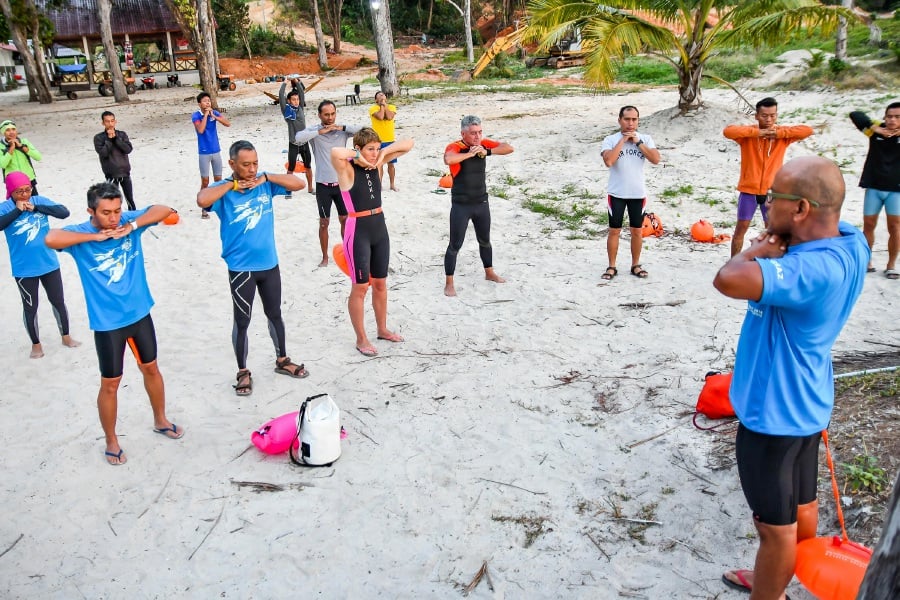
We then formed the Melaka Straits Swim committee and in December, scouted extensively on Facebook for our intrepid swimmers. Soon enough, a bunch of people responded, comprising marathon swimmers, ex-national swimmers and the Royal Malaysian Air Force triathlon team. We even had professors, farmers and housewives!
It was sometime in January that we had our first swimmer meet-up and this was followed by our first group training the following month — an overnight swim at the University of Malaya pool with the lights off! Since then, we have been training individually and in groups, including a few round island swims in Pangkor, Redang, Tenggol and Kapas islands.
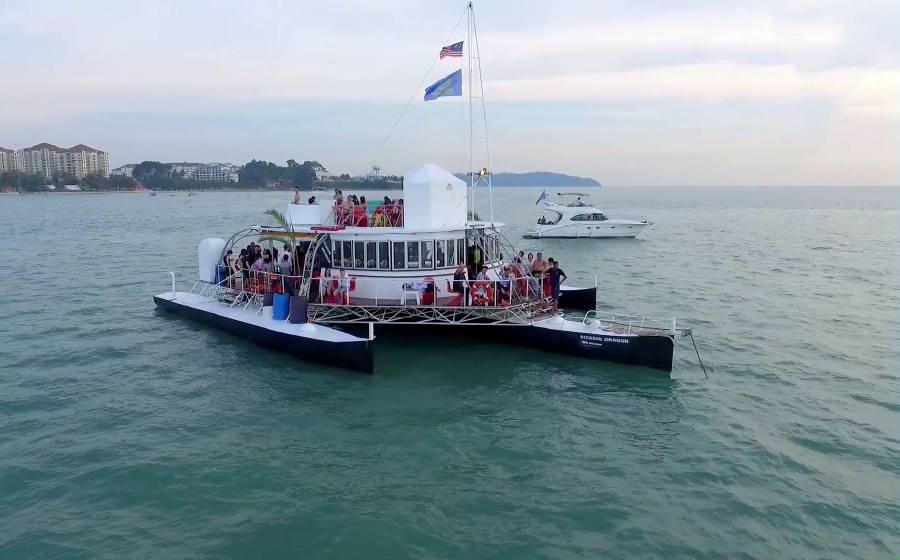
EMBRACING THE CHALLENGES
So why do we want to cross the Straits of Melaka? Simple. We love the challenges that it brings. One unique aspect of this swim is that because of the time it takes to complete a Straits crossing is pretty long, you have no choice but to do a portion of your swim at night.
Through our group exercises, we have established that all of us in the team can swim at night in the open sea and in fact, have developed a love for it. Then, there’s the prospect of seasickness. During the 2007 swim, a third of the relay swimmers were unable to function when they were 15km into their swim. Again, through group training, we’ve established that our swimmers are sea-worthy and do not get seasick easily.

One not so obvious challenge is dealing with boredom. Our boat, the Dickson Dragon, looks like a party boat. That’s because it IS a party boat. But in all seriousness, the boat was chosen for its stability and abundance of deck space. Our swimmers will spend 24 hours getting in and out of the water. A stable platform with fresh air and ample space will definitely make this bunch happy. Already we’re thinking of many creative ways to pass the time! Personally, I’m looking forward to playing congkak again.
On the part of the organisers, the Melaka Straits Swim 2018 poses a unique challenge on this one particular front — dodging sea traffic. Between 200 and 300 ships ply the Straits daily. These big ships do not see and will definitely not stop for you.
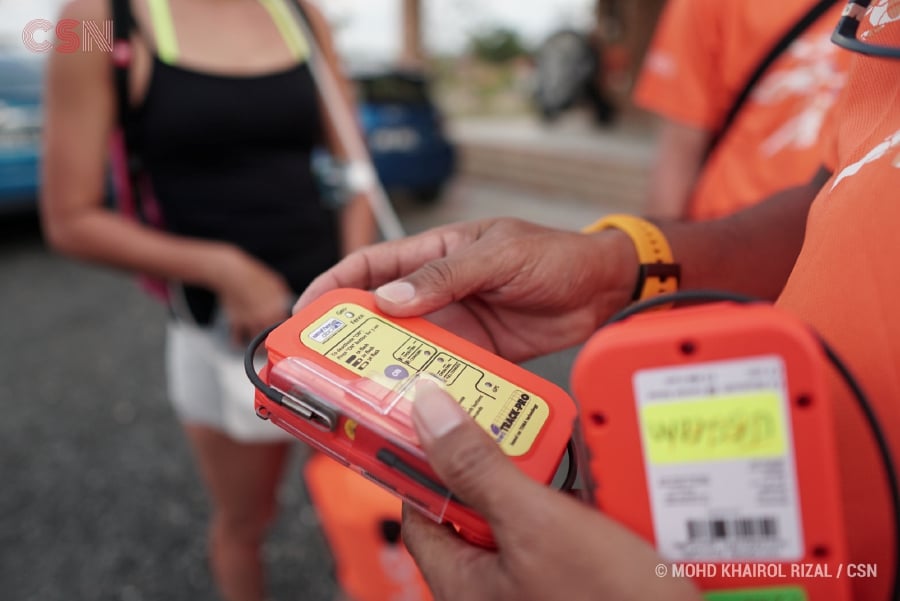
Fortunately, a local outfit, Teraju Tri-Tech Sdn Bhd (TTSB), reached out to us, offering to equip our team with GPS tracking based on the Automatic Identification System (AIS), an automated and autonomous tracking system used by all ships.
We discovered the AIS transponders to be small enough to be placed inside our swimmers’ tow floats, thereby turning our swimmers into individual vessels that can be seen by big ships.
Together with support from the Malaysian Maritime Enforcement Agency (MMEA), this could prove critical in collision avoidance and locating straying swimmers.
It so happens that TTSB’s principal, Weatherdock of Germany, has been technical partner for the Red Bull Storm Chase windsurfing race. Our event represents TTSB and Weatherdock’s first foray into open water swimming.

I see potential for AIS in a sport like this Straits crossing. At the moment, the AIS transponder is the size of a smartphone but heavier at 250g (an iPhone 6 Plus weighs 172g). A smaller and lighter design can be placed directly on the person (the swimmer) instead of inside a tow float (never been a fan of those). I’m really excited about this prospect. Our event might just be a pivotal moment in technology for a safer open water swimming.
PREVIOUS STRAITS OF MELAKA CROSSINGS
1972 - A Japanese professor, Soichi Nakajima attempted to cross the Straits but had to abort his swim after getting stuck in a whirlpool off Tanjung Tuan, Port Dickson
1973 - Nakajima returned for a second attempt completed his swim in 26 hours
1992 - Projek BerenangMerentasi Selat Melaka 1992 was organised by Raleigh International Support Group Malaysia with 32 participants, completing the swim in 49km
2004 - Solo swim by Port Dickson-born Singaporean adventurer Khoo Swee Chiow, who swam 40km in 22 hours
2007 - Malindo Unity Swim 2007 Relay swim with 26 participants including 4 women and 4 OKU swimmers entered the Malaysia Book of Records for the longest swim relay at 90km (PD-Sumatra-PD)
2007 - Student Azmin Aziz of Perak swam 65km solo from Pulau Rupat to Port Dickson, finishing in 24 hours 33 minutes 2010 - Teenagers Salman Al Shariati Abdul Halim and Zahra Ma’soumah Abdul Halim swam 60km from Tanjung Medang to Port Dickson


